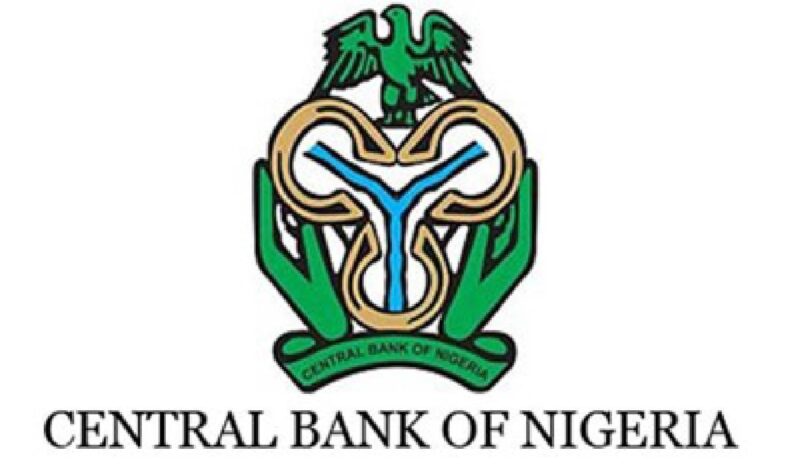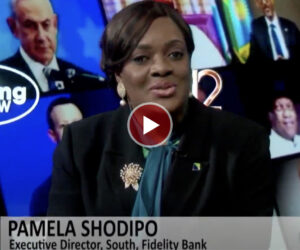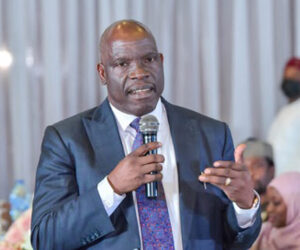Deposit Money Banks (DMBs) in Nigeria are increasingly steering clear of the Central Bank of Nigeria’s (CBN) Standing Lending Facility (SLF), even as their opening balances plunge to multi-month lows, the apex bank’s latest liquidity data have revealed.
Between September 18 and 22, 2025, the banking system witnessed sharp swings in liquidity.
On Thursday, September 18, banks and discount houses recorded opening balances of N582.80 billion, but this fell dramatically to N215.01 billion the next day and further crashed to N163.80 billion by Monday, September 22.
Lenders flocked to the Standing Deposit Facility (SDF) — the CBN’s platform for parking excess cash. On September 18 alone, banks lodged N2.36 trillion with the regulator. By the following day, placements totaled N1.45 trillion, before rising slightly to N1.69 trillion on September 22.
“The preference for the SDF underscores the risk aversion at play,”
“Banks are prioritising safety and liquidity preservation over lending, a posture that could choke private sector credit further,” said Mr. Blakey Ijezie, a chartered accountant and financial strategist.
Part of the liquidity squeeze, analysts note, stemmed from government debt operations. On September 18, the Debt Management Office (DMO) raised N345.09 billion via Treasury Bills and Bonds, effectively mopping up liquidity.
While repayments of N259.04 billion and an additional N78 billion later in the week injected funds back, they were not enough to offset the steep decline in balances.
“We are seeing a push-and-pull effect — borrowings absorb liquidity while maturities release some back,” explained Dr. Feyi Adebayo, senior economist at ProValue Consulting.
“But overall, the net effect is tightening, which could push interbank rates higher in the weeks ahead.”
The reluctance to borrow from the CBN also reflects the cost of liquidity. Overnight borrowing at the SLF is expensive, with lending rates already stretched.
According to the CBN, prime lending rates now average 25.5 per cent–31 per cent, with some maximum rates hitting 46 per cent. Savings deposits yield just 8.25 per cent, while demand deposits fetch less than 1 per cent, leaving households and businesses squeezed.
“At rates above 30 per cent, credit becomes inaccessible for many corporations, especially in sectors like oil and gas or construction,” noted Ngozi Eke, a Lagos-based financial analyst.
“On the other hand, savers are losing wealth in real time, with inflation still above 20 per cent. This imbalance discourages both investment and savings.”
Analysts warn that if opening balances continue to shrink without commensurate injections, interbank rates could spike further, worsening naira volatility and eroding investor confidence.
“Nigeria’s financial system is stuck in a paradox — banks are liquid when parking funds at the CBN but reluctant to channel that liquidity into the real economy,” Dr. Adebayo added.







